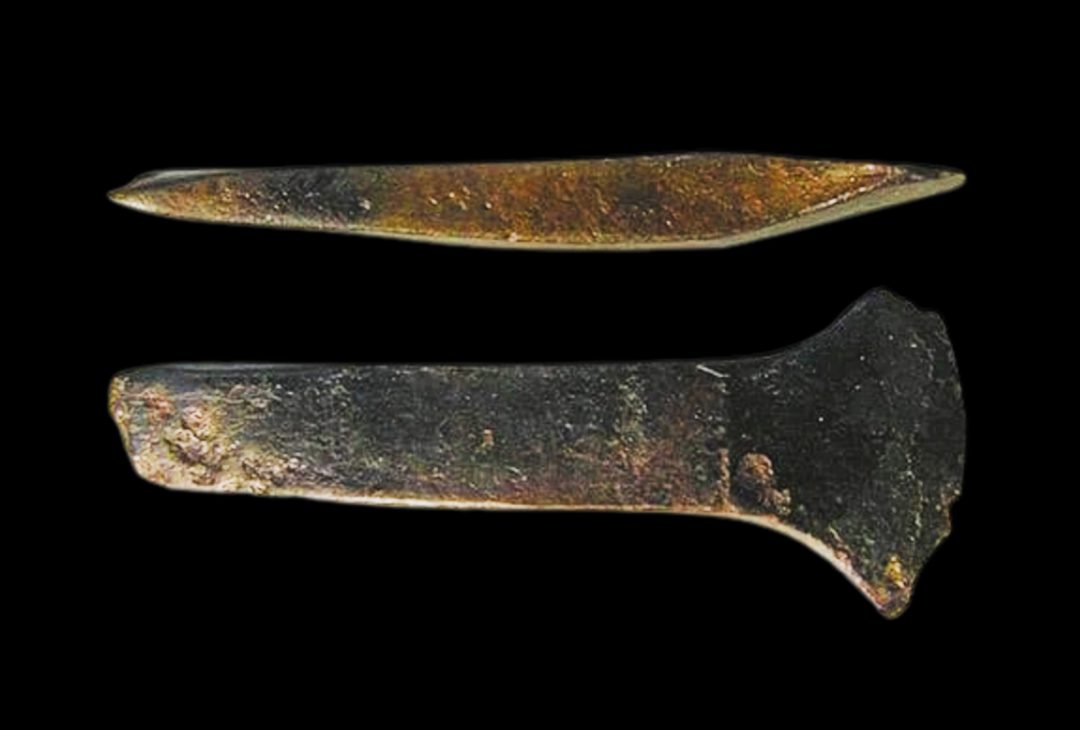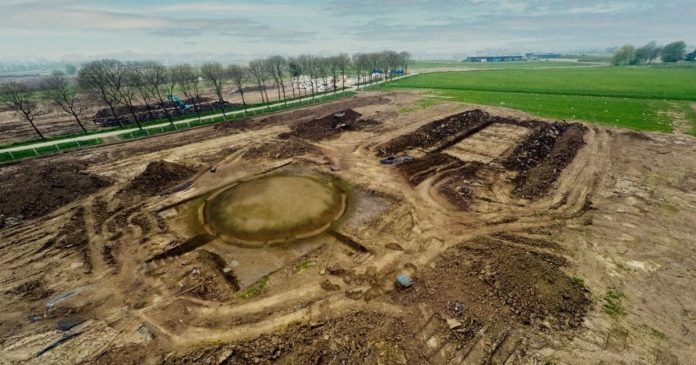In the Netherlands, an ancient sun calendar mound, dating back 4,000 years, has been revealed. This Bronze Age site reveals a sophisticated sanctuary aligned with the solstices; a method of ancient timekeeping we see around the globe. Excavated at the Medel industrial estate, the site spans nine acres and includes burial mounds, ritual deposits, and artifacts that highlight trade networks stretching to Mesopotamia. This article explores the discovery, its remarkable findings, and the ongoing study of this Netherlands ancient sun calendar mound.
The Discovery of the Tiel Sanctuary
In 2017, archaeologists began excavating a site in Tiel, Netherlands, after routine surveys hinted at prehistoric remains. What they uncovered was extraordinary: a 4,000-year-old sanctuary centered around a 65-foot-wide burial mound that functioned as a solar calendar. Unlike Stonehenge’s iconic stones, this mound used earth and wood, with passages designed to capture sunlight on the summer (June 21) and winter (December 21) solstices. These alignments allowed ancient people to track seasons, likely for agricultural and ritual purposes.
The excavation, announced in June 2023, revealed three burial mounds containing the remains of about 60 men, women, and children, used over 800 years (circa 2500–1200 BCE). The site’s scale and complexity stunned researchers, who over time, uncovered over one million artifacts, from everyday tools to rare trade goods. The Netherlands ancient sun calendar mound quickly became a focal point for understanding Bronze Age astronomy and culture in Northern Europe.
Key Artifacts Unearthed

Mesopotamian Glass Bead
Among the most striking finds was a small glass bead, dating to around 2000 BCE, originating from Mesopotamia (modern-day Iraq). One of the oldest glass objects in the Netherlands, this bead traveled over 3,000 miles, evidencing extensive trade networks. Its presence in a burial mound suggests it held significant value, possibly as a status symbol or ritual offering.

Bronze Tools and Weapons
The excavation uncovered a bronze axe and spear tip, rare for the region during the Bronze Age. These artifacts indicate skilled metalworking and the presence of higher-status individuals, as bronze was a precious material. Their inclusion in burials points to their role in funerary practices, perhaps as tools for the afterlife.

Flint Tools and Pottery
Flint tools, including blades, scrapers, and arrowheads, were abundant, reflecting daily life and craftsmanship. Pottery fragments, often found as grave goods, provide clues about diet, storage, and rituals. These items, though common, are vital for reconstructing the community’s lifestyle and beliefs
Ritual Deposits
Ditches around the main mound contained offerings, such as animal bones and broken artifacts, suggesting ceremonial activities tied to the solar calendar. These deposits hint at festivals or rituals linked to seasonal changes, reinforcing the mound’s role as a sacred site.
The Netherlands ancient sun calendar mound’s artifacts, now displayed at the Flipje and Regional Museum in Tiel and the National Museum of Antiquities in Leiden, paint a vivid picture of a connected, spiritually rich society.
The Solar Calendar’s Function

The central mound’s design as a solar calendar stands out as its most remarkable feature. Passages within the mound aligned precisely with the solstices, allowing sunlight to pass through on key dates. This precision indicates advanced astronomical knowledge, likely used to mark planting and harvest times or religious festivals. The site’s use over centuries suggests it was a regional hub, drawing people for communal events.
Archaeologists note the mound’s earth-and-wood construction made it less durable than stone structures, explaining its faded presence today. Yet, its scale and purpose rival other European megalithic sites, earning it comparisons to Stonehenge. The Netherlands ancient sun calendar mound underscores the sophistication of Bronze Age communities in Northern Europe.

